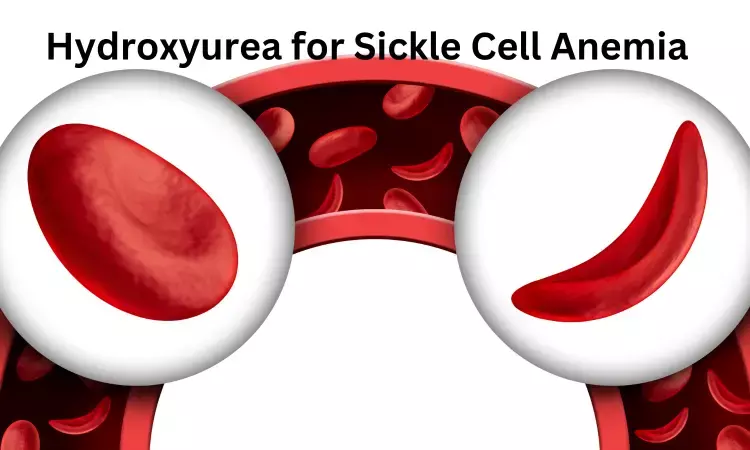- Home
- Medical news & Guidelines
- Anesthesiology
- Cardiology and CTVS
- Critical Care
- Dentistry
- Dermatology
- Diabetes and Endocrinology
- ENT
- Gastroenterology
- Medicine
- Nephrology
- Neurology
- Obstretics-Gynaecology
- Oncology
- Ophthalmology
- Orthopaedics
- Pediatrics-Neonatology
- Psychiatry
- Pulmonology
- Radiology
- Surgery
- Urology
- Laboratory Medicine
- Diet
- Nursing
- Paramedical
- Physiotherapy
- Health news
- Fact Check
- Bone Health Fact Check
- Brain Health Fact Check
- Cancer Related Fact Check
- Child Care Fact Check
- Dental and oral health fact check
- Diabetes and metabolic health fact check
- Diet and Nutrition Fact Check
- Eye and ENT Care Fact Check
- Fitness fact check
- Gut health fact check
- Heart health fact check
- Kidney health fact check
- Medical education fact check
- Men's health fact check
- Respiratory fact check
- Skin and hair care fact check
- Vaccine and Immunization fact check
- Women's health fact check
- AYUSH
- State News
- Andaman and Nicobar Islands
- Andhra Pradesh
- Arunachal Pradesh
- Assam
- Bihar
- Chandigarh
- Chattisgarh
- Dadra and Nagar Haveli
- Daman and Diu
- Delhi
- Goa
- Gujarat
- Haryana
- Himachal Pradesh
- Jammu & Kashmir
- Jharkhand
- Karnataka
- Kerala
- Ladakh
- Lakshadweep
- Madhya Pradesh
- Maharashtra
- Manipur
- Meghalaya
- Mizoram
- Nagaland
- Odisha
- Puducherry
- Punjab
- Rajasthan
- Sikkim
- Tamil Nadu
- Telangana
- Tripura
- Uttar Pradesh
- Uttrakhand
- West Bengal
- Medical Education
- Industry
Hydroxyurea effective in management of sickle cell anemia in children

Hydroxyurea is in a popular class of medications called antimetabolites. Hydroxyurea is known treats cancer by slowing or stopping the growth of cancer cells in your body. Studies report positive results of hydroxyurea treating sickle cell anemia by helping to prevent formation of sickle-shaped red blood cells.
The drug is known to be effective for certain types of sickle cell diseases, like hemoglobin SS, pain crises, acute chest syndrome, severe anemia needing blood transfusions, and tiny blockages without pain. Hydroxyurea is suggested to be prescribed for children from just 9 months old however few studies have evaluated the disease difficulties and the transfusion requirement during childhood.
A new study in American Journal of Hematology conducted at the sickle cell disease referral center at Intercommunal Hospital of Creteil in France, evaluated morbidity in children with sickle cell disease from newborn screening (1986) to the introduction of hydroxyurea (2015). The investigators studied a cohort, and the trial lasted from 1 – 20 years and is stated to be longest neonatal cohort study ever.
The trial throws light regarding the overall transfusion requirements in sickle cell disease as expected, the transfusion burden is particularly heavy in the severe genotype group, with an incidence of transfusion episodes of 299/100 [person/years], whereas most transfusion episodes were delivered during chronic [transfusion program] 245/100 [person/years].
The study was designed were newborn cohort had 4 genotypes, including SS and Sβ0 thalassemia (n = 289), sickle-hemoglobin C disease (SC n = 65), sickle β+ thalassemia (Sβ+ n = 32), and SDPunjab (SD n = 3). The investigators viewed HbSS, HbSβ0, and HbSD genotypes as a separate, severe sickle genotype group due to their clinical similarity. There were also HbSD/Sβ0 subgroups.
The key findings of the study are
• Participants had a 98.2% chance of surviving at 5 years old (95% CI, 96.6% – 99.3%) and death only occurred in the severe genotype group (97.6%; 95% CI, 95.5% – 99.0%).
• Meanwhile, participants had a 97.4% chance of surviving at 15 years old, but for HbSS/SD/Sβ0 groups the survival chance was 97.2% (95% CI, 95.0%–98.8%), for HbSC it was 100% (95% CI, 100% –100%), and for HbSβ+ genotype groups it was 90.9% (95% CI, 68.0% – 100%).
• Ten of the 389 patients died during the follow-up period at a median age of 10.8 years, and 9 deaths occurred because of their sickle cell disease.
• Everyone but 1 patient had a HbSS disease. One patient with a HbSβ+ disease died at 13 years old due to a pulmonary embolism after a long plane ride.
“In conclusion, we report here the longest prospective neonatal cohort study to date addressing acute vaso-occlusive, hematological, and extracerebral major organ complications, and providing new data about transfusion requirements in sickle cell anemia children. In the absence of preventive intensification with hydroxyurea, sickle cell disease continues to cause substantial morbidity and the use of blood resources remains considerable” they ended.
Reference: Soulié A, Kamdem A, Neumann F, et al. Clinical events in a long-term prospective neonatal cohort of children with sickle cell disease: Evidence for a high disease burden without systematic preventive intensification with hydroxyurea [published online ahead of print, 2023 Oct 26]. Am J Hematol. 2023;10.1002/ajh.27142. doi:10.1002/ajh.27142.
MSc. Neuroscience
Niveditha Subramani a MSc. Neuroscience (Faculty of Medicine) graduate from University of Madras, Chennai. Ambitious in Neuro research having worked in motor diseases and neuron apoptosis is interested in more of new upcoming research and their advancement in field of medicine. She has an engrossed skill towards writing and her roles at Medical dialogue include Sr. Content writer. Her news covers new discoveries and updates in field of medicine. She can be reached at editorial@medicaldialogues.in
Dr Kamal Kant Kohli-MBBS, DTCD- a chest specialist with more than 30 years of practice and a flair for writing clinical articles, Dr Kamal Kant Kohli joined Medical Dialogues as a Chief Editor of Medical News. Besides writing articles, as an editor, he proofreads and verifies all the medical content published on Medical Dialogues including those coming from journals, studies,medical conferences,guidelines etc. Email: drkohli@medicaldialogues.in. Contact no. 011-43720751


